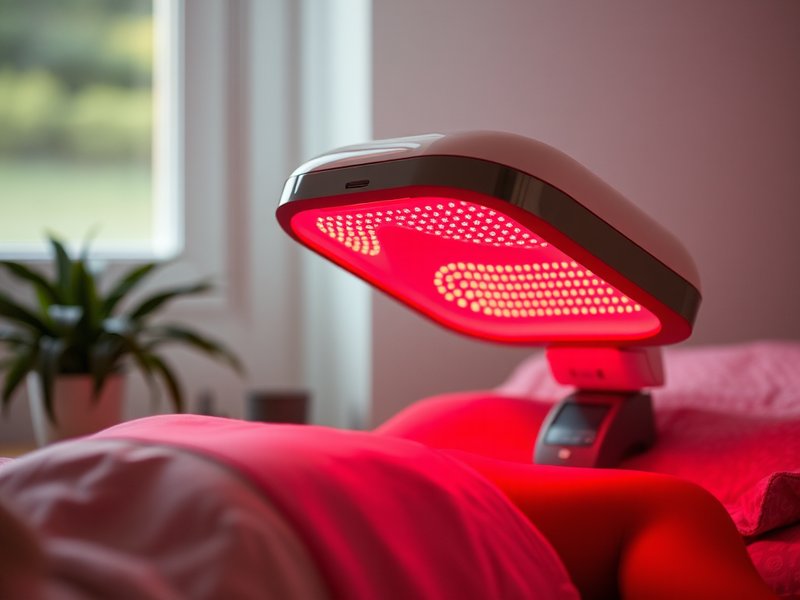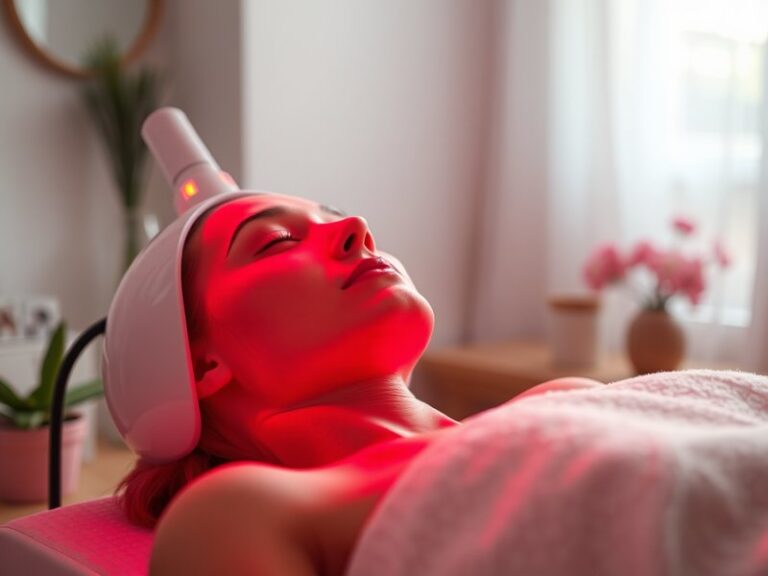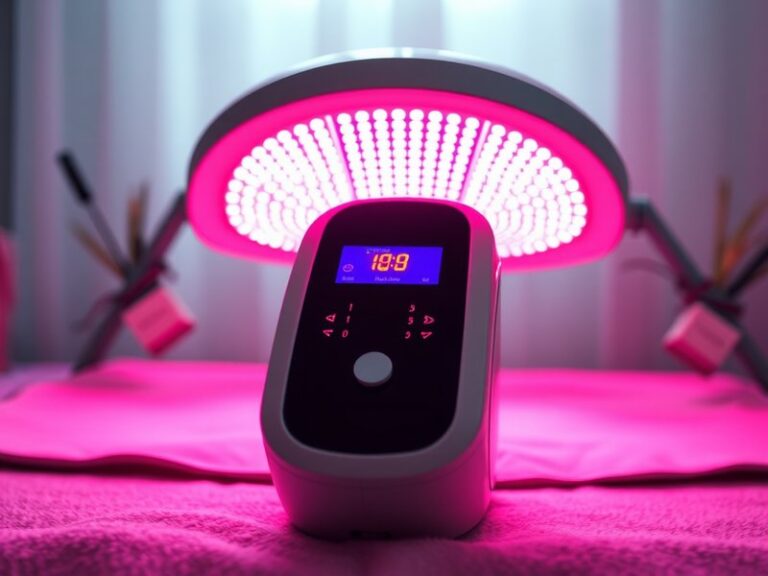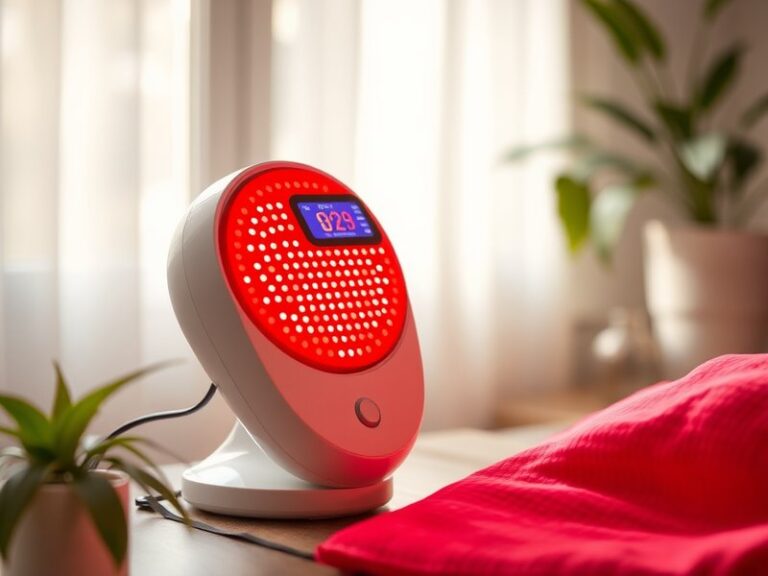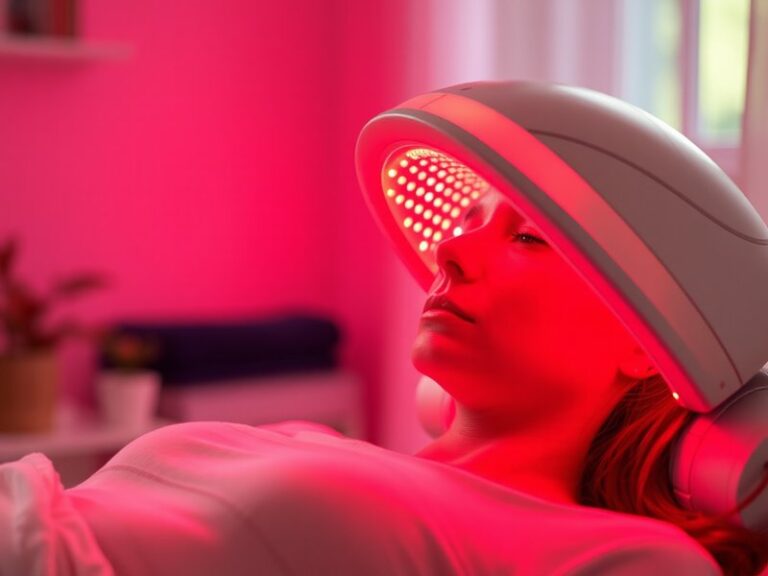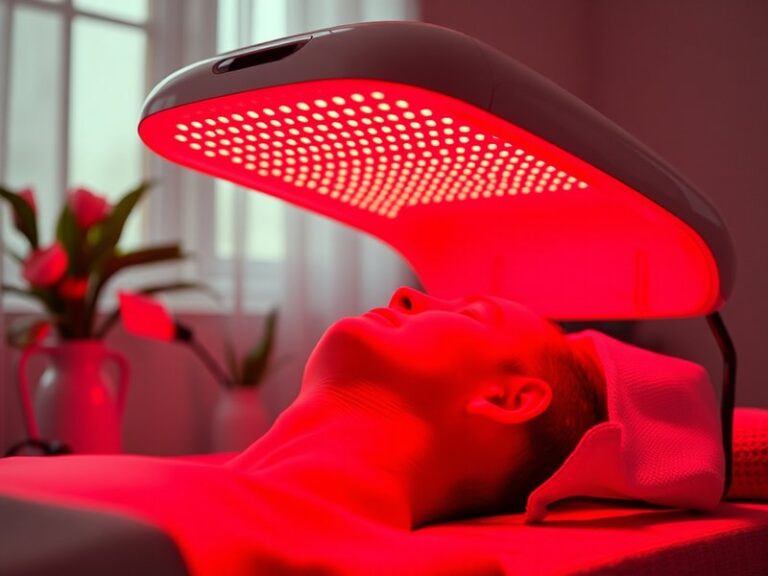Can Red Light Therapy Be Bad?
Can Red Light Therapy Be Bad?
Is red light therapy a miracle solution or a potential risk?
This article will explore the aspects of red light therapy, including its benefits, possible drawbacks, and considerations to keep in mind before trying it. While many advocate for its therapeutic effects, it’s essential to examine whether it can have negative consequences as well.
Get informed with Duration of Red Light Therapy Sessions
Key Takeaways
- Red light therapy can offer numerous health benefits, but it may not suit everyone.
- Potential side effects and risks exist that should be weighed against its advantages.
- Consulting with a healthcare professional before beginning treatment is advisable.
What is Red Light Therapy?
Red light therapy (RLT) involves exposing your skin to low-level wavelengths of red light, typically between 600 and 650 nanometers. This treatment is believed to stimulate various biological processes, including enhancing skin health, improving wound healing, and reducing inflammation.
Originally developed for treating skin conditions and aiding in wound recovery, red light therapy has gained popularity for its potential benefits in aesthetics, pain management, and even mental health.
This therapy can be administered through devices like LED panels, handheld devices, or in clinical settings with specialized equipment. The underlying premise is that red light can penetrate the skin and affect cellular function, primarily stimulating the mitochondria, the powerhouse of the cell.
What are the Benefits of Red Light Therapy?
There are several claimed benefits associated with red light therapy, particularly in wellness and recovery contexts.
Skin Health Improvement
One of the most recognized uses of red light therapy is in skin treatment. It’s believed to promote collagen production, leading to reduced wrinkles and improved skin texture. Many users report noticeable enhancements in their skin appearance after consistent treatments.
Pain Relief and Reduced Inflammation
Red light therapy is also touted for its ability to alleviate pain and inflammation. It may benefit conditions such as arthritis, tendonitis, and muscle soreness, offering a non-invasive alternative to pharmaceuticals.
Enhanced Muscle Recovery
Athletes often use red light therapy to accelerate muscle recovery following intense workouts. It may help reduce delayed onset muscle soreness (DOMS) and improve recovery times, leading to better performance over time.
Mood and Energy Boost
Some studies suggest that red light therapy may influence mood and alleviate symptoms of depression. By potentially improving mitochondrial function, it could help enhance energy levels, contributing to overall well-being.
Is it Possible to Experience Negative Effects from Red Light Therapy?
Yes, while red light therapy has numerous benefits, it can also have negative effects or not work optimally for everyone.
What are the Advantages of Being Cautious?
Taking a careful approach to red light therapy can help prevent potential issues. Understanding your body’s response can lead to better outcomes.
What are the Disadvantages of Jumping In Too Quickly?
Some individuals may experience skin irritation or discomfort, particularly with excessive exposure. Without proper guidance or knowledge, users might wrongly assess the duration and intensity of the treatments needed.
What are the Things to Consider Before Trying Red Light Therapy?
Several factors are essential to consider before starting red light therapy.
Consultation with a Healthcare Professional
Before beginning treatment, especially if you have underlying health conditions or are pregnant, it’s wise to discuss it with a health professional who can offer personalized advice.
Skin Sensitivity and Reactions
Understanding your skin type and its sensitivity is crucial. Some individuals may be more prone to reactions, and test patches can be useful to gauge how your skin will respond.
Device Quality and Treatment Protocols
The effectiveness of therapy can depend on the device used and the protocols for treatment. Researching the equipment and adhering to recommended guidelines can enhance safety and efficacy.
What are the Alternatives to Red Light Therapy?
If red light therapy is not suitable for you, there are alternative treatments available.
LED Light Therapy
Similar to red light therapy, LED light therapy utilizes various wavelengths (including blue, green, and yellow light). Each wavelength targets different skin concerns, offering a broader range of options.
Topical Treatments
Creams and serums containing ingredients such as retinoids, hyaluronic acid, or peptides can improve skin health and fight inflammation without the need for light therapy.
Physical Therapy
For pain relief, physical therapy can provide personalized exercises and treatments that address the underlying issues without the potential risks associated with light therapy.
Conclusion: Is it Recommended to Try Red Light Therapy?
While red light therapy presents potential benefits, it is not without risks and considerations. Seeking professional guidance, understanding your health conditions, and being aware of your body’s reactions can lead to a more informed decision. For many, it can be a beneficial addition to wellness routines, but cautious evaluation is key.
Frequently Asked Questions
Is red light therapy safe for everyone?
Red light therapy is generally considered safe, but it may not be suitable for those with certain skin conditions or sensitivities. Consultation with a healthcare provider is recommended.
How long should I use red light therapy for optimal results?
Treatment duration can vary, but most recommendations suggest sessions of 10–20 minutes several times a week. It’s best to follow the guidance provided with your specific device.
Find all the details in Is Red Light Therapy Red LEDs?
Can red light therapy cause skin damage?
While adverse effects are rare, overexposure may lead to temporary skin irritation. Always follow guidelines to minimize such risks.
Are there any long-term effects of red light therapy?
Current research suggests that red light therapy is safe for long-term use, but continuous monitoring and consultation with healthcare professionals are advisable.
How do I choose a red light therapy device?
Look for devices that provide adequate wavelength specifications, radiation safety, quality certifications, and user reviews to ensure effective therapy.
